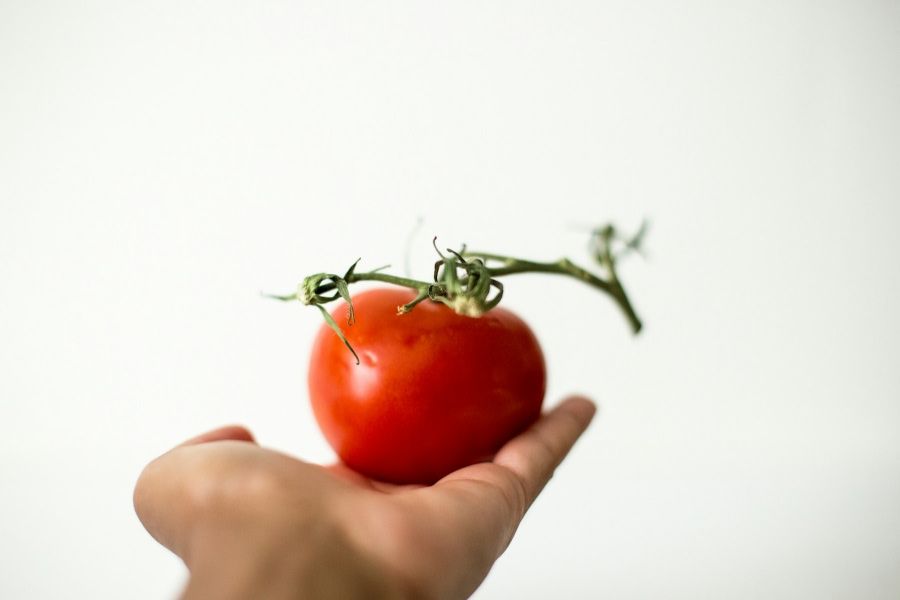Developing food trends IELTS Listening Answers With Audio, Transcript, And Explanation
Luyện tập đề IELTS Listening Practice với Developing food trends được lấy từ cuốn sách IELTS Cambridge 20 - Test 2 - Section 4 kèm Answer key, list từ vựng IELTS cần học trong bài đọc và Free PDF & Audio Transcript Download với trải nghiệm thi IELTS trên máy và giải thích đáp án chi tiết bằng Linearthinking.
👂️ Audio and questions
Developing food trends
The growth in interest in food fashions started with
1.of food being shared on social media.The UK food industry is constantly developing products which are new or different.
Influencers on social media become 'ambassadors' for a brand.
Sales of
2.food brands have grown rapidly this way.Supermarkets track demand for ingredients on social media.
Famous
3.are influential.
Marketing campaigns
The avocado:
4.were invited to visit growers in South Africa.Advertising focused on its
5.benefits.
Oat milk:
A Swedish brand's media campaign received publicity by upsetting competitors.
Promotion in the USA through
6.shops reduced the need for advertising.It appealed to consumers who are concerned about the
7..
Norwegian salmon:
Was helped strengthen the
8.of Norwegian seafood.
Ethical concerns
Quinoa:
Its success led to an increase in its
9..Overuse of resources resulted in poor
10..
❓ Transcript
🔥 Answer key (đáp án và giải thích)
Giải thích chi tiết
Hello Dolbie 🤩
Cùng chinh phục câu hỏi này nhé 😁
🎯 Xác định loại từ cần điền:
Chỗ trống sau "with" → cần điền là một danh từ mô tả thứ được chia sẻ trên mạng xã hội.
▶️ Thông tin cần nghe ở:
Đoạn 01:31 - 01:40 trong audio: "Interest in food fashions has risen rapidly since the birth of the smartphone, when people first began taking photos of their food and instantly sharing them with their friends."
☺️ Cùng xem giải thích nhé:
Người nói đề cập rằng sự quan tâm đến các xu hướng ẩm thực tăng nhanh kể từ khi smartphone ra đời, khi mọi người bắt đầu chụp "photos" đồ ăn và chia sẻ chúng. Từ "photos" hoàn toàn phù hợp với ngữ cảnh của câu hỏi, vì nó là thứ được chia sẻ trên mạng xã hội.
✅ Đáp án đúng: photos
🧐 DOLBIE lưu ý:
❌ fashions
=> "Fashions" được đề cập là "food fashions", là tổng thể xu hướng ẩm thực. Tuy nhiên, câu hỏi muốn biết cái gì "of food" được chia sẻ trên mạng xã hội đã khởi nguồn cho sự tăng trưởng này. Chính việc chụp và chia sẻ ảnh đồ ăn đã dẫn đến "food fashions", chứ không phải "fashions" được chia sẻ.
Chúc Dolbie học tốt và tự tin hơn trong bài thi IELTS nha 🥳💪


